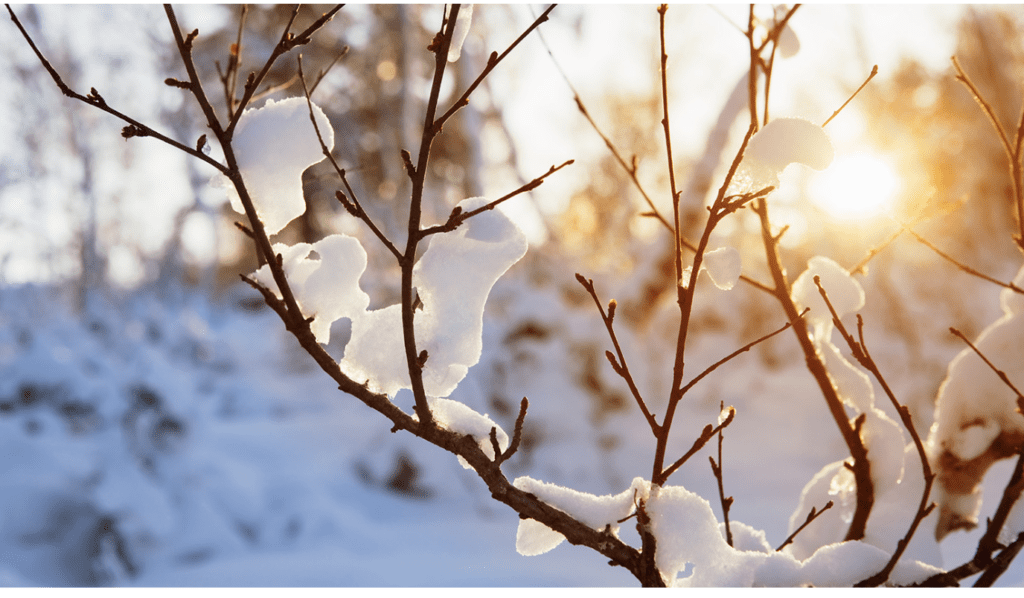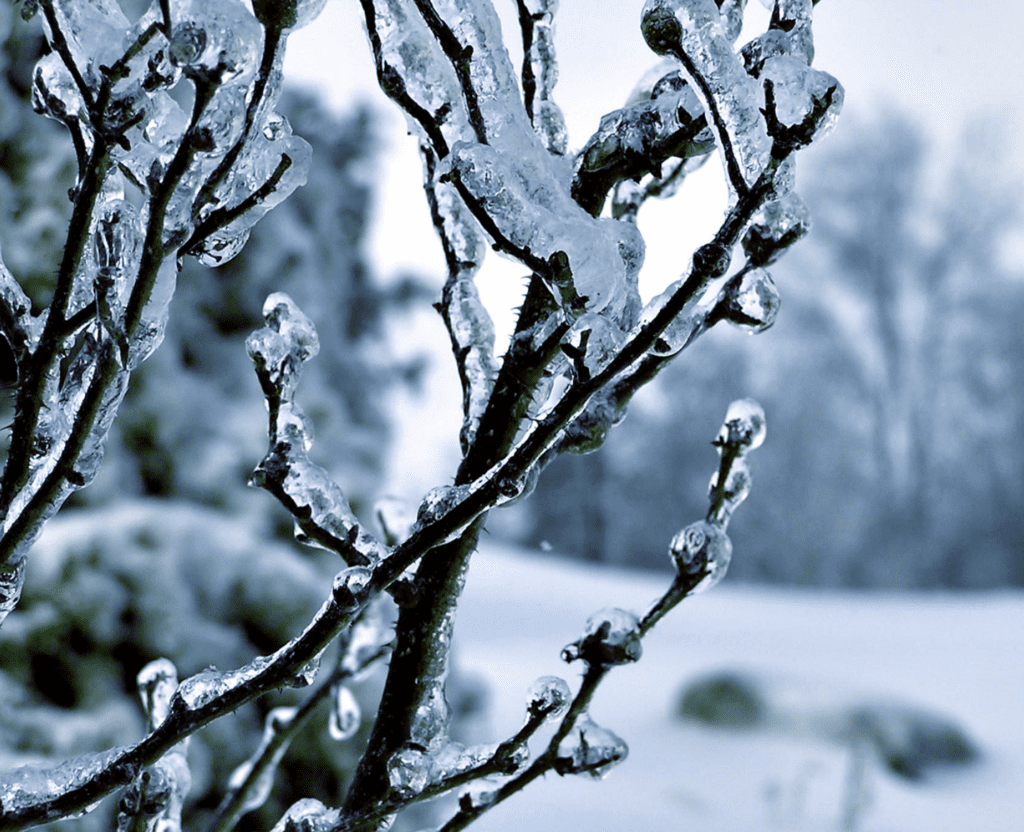Daniel Salzler No. 1244 EnviroInsight.org Five Items March 8, 2024
—————Feel Free To Pass This Along To Others——————
If your watershed is doing something you would like others to know about, or you know
of something others can benefit from, let me know and I will place it in this Information .
If you want to be removed from the distribution list, please let me know.
Please note that all meetings listed are open.
Enhance your viewing by downloading the pdf file to view photos, etc.
The attached is all about improving life in the watershed through knowledge.
If you want to be removed from the distribution list,
please let me know. Please note that all meetings listed are open.
Check our website at EnviroInsight.org
1. A groundwater Protection Bill Advancing At AZ Capitol Faces Opposition From Rural Stakeholders. Last week, the state Senate passed a bill intended to give rural communities a chance to conserve their groundwater. But legislative Democrats and even some rural officials are at odds with Republicans over the best way to achieve conservation goals.

The groundwater in every basin monitored by ADWR, apart from one, is rapidly declining.
“It took thousands of years for the water to get there, and humans have figured out ways of withdrawing the water a lot faster than it replenishes,” Sarah Porter with ASU’s Kyl Center for Water Policy said.
But some rural Republicans like Sen. Sine Kerr (R-Buckeye) see Democratic Gov. Katie Hobbs’s plans to conserve groundwater as an attack on rural communities.
“Their disdain and disrespect for rural Arizona and especially the ag community could not be more apparent,” Kerr said at a press conference in January.
The bad blood dates back to last year, when Hobbs created a water policy council to examine, among other things, how to protect the state’s dwindling groundwater supply.
Kerr and Arizona Farm Bureau President Stefanie Smallhouse walked away from the council before its work concluded. Kerr said at the time Hobbs wasn’t taking the views of rural and agricultural interests seriously.
“The makeup of the committee of the 34 appointed members, only two had ag representation,” Kerr said in October. “We know in our rural areas that groundwater users primarily are agriculture, and so, that sent a clear message right off the bat that agriculture’s voice was not a priority on the council.”
A decision by ADWR to consider creating a new water management designation for the Gila Bend basin further exacerbated Kerr’s relationship with the governor’s office.
Creating a new active management area, or AMA, would regulate groundwater pumping for conservation purposes in a basin experiencing some of the worst decline in all of Arizona.
Under current law, a community or ADWR can create an AMA. Only six exist now. The first five AMAs were established through the 1980 Groundwater Management Act, and residents of the Douglas area created the first ever “new” AMA through a vote in 2022.
Led by Republican Rep. Gail Griffin, long known as the gatekeeper of groundwater management bills at Arizona’s Capitol, lawmakers are considering a series of bills that clash with the recommendations made by the governor’s water council.
For her part, Kerr wants to create an alternative to AMAs, that would allow communities to create their own basin management areas, called BMAs. Kerr said the goal is “primarily keep it local and

to have that accountability and to the people that will be, you know, governed and regulated under this.”
That’s not so different from what the governor’s water council proposed creating an alternative to AMAs and giving rural communities the power to manage local groundwater basins themselves.
But under Kerr’s proposal, communities would elect a board to determine water conservation policy. The governor’s council recommended having ADWR appoint local leaders to advise the agency.
Kerr says giving local leaders an advisory goal isn’t good enough, and leaves too much authority in the hands of bureaucrats at the state water department in Phoenix.
Kerr’s bill is supported by some powerful lawmakers, including Griffin, and has the support of Smallhouse and the Arizona Farm Bureau.
But Democrats, and even some rural county lawmakers, withheld support. Mohave County Supervisor Travis Lingenfelter spoke against the bill on behalf of four rural counties:
The bill is also opposed by environmental groups like the Sierra Club and the Audubon society.
And critics like Sen. Juan Mendez says Kerr’s bill makes it near-impossible to create a basin management area — under her proposal, a BMA could only go into effect if it had the unanimous support of every county supervisor that represents land that’s part of a basin.Souce: Fronterasarch 10.
2. University Of Arizona Launches New App That Helps Local Farmers Track Water And Salt Balance.UMA, Ariz. (KYMA, KECY) – Research scientists and web developers with the University of Arizona have launched a web application designed to help growers optimize water usage and salt balance for crops.
The app, called DesertAgWise, uses data gathered from various instrumentation including Eddy Covariance Systems, satellites and remote sensors all used to track water and salt balance in vegetable production fields.
“An equally important part of this app is that’ll help them manage

the soil salts because you can’t manage the salts without managing your irrigation,” said Dr. Andrew French, research scientist with the University of Arizona.
This data was gathered through a study launched in 2016 by The Yuma Center of Excellence for Desert Agriculture (YCEDA).
With water being vital to Yuma’s agriculture, researchers see the app as one step in an effort towards maximizing efficiency, with French adding, “The benefit for the water provider like the Bureau of Reclamation is that they can plan how much water will get used based on crop type. That’s especially important when you don’t have enough water to go around.”
3. Water Is Pumped Up Between The Colorado River And Tucson By How Much?
a. 200 ft
b. 1900 ft
c. 2,000 ft
d. 2900 ft
Answer at the end of the newsletter
4. How Trees Survive in Winter. Winter can take a toll on all living things, especially trees. Unlike humans and animals, trees are rooted in the ground and can’t seek shelter from freezing temperatures, heavy snow and strong winds. But that doesn’t mean they’re completely defenseless.

“Trees have developed a number of adaptations over the centuries to help them endure these kind of extreme conditions,” said Robert Bardon, a professor of forestry and environmental resources and associate dean of extension at the NC State College of Natural Resources.
Deciduous trees, for example, enter a period of rest similar to hibernation in order to conserve energy. This period, known as dormancy, begins in the fall. As the temperatures drop and the days grow shorter, trees produce a stress hormone called abscisic acid.
Abscisic acid closes the connection between the leaves and stems, inhibiting the flow of water and nutrients. This causes trees to stop producing the green chlorophyll within their leaves. Chlorophyll converts carbon dioxide and water into sugar through photosynthesis. Trees rely on sugar for energy.
The loss of chlorophyll causes the leaves to change color for several weeks before they eventually die and fall off their stems. Meanwhile, as trees continue their transition into dormancy, the abscisic acid slows their metabolism and growth rate so that the trees can conserve sugar for the winter.
Without leaves on their branches to perform photosynthesis, dormant trees must rely on sugar produced during the spring and summer to survive. The sugar helps to maintain the health of the roots and other internal structures. It also acts like an antifreeze, decreasing the freezing point of individual cells within trees.
Conifer trees, such as pines and spruces, also slow their growth in the winter, though they don’t go entirely dormant. Their needles have a thick, waxy coating that retains more water than normal leaves. Because of this, most conifer trees maintain their needles year-round. This allows them to capture more sunlight.

Even with these adaptations, trees can experience significant damage when exposed to extreme conditions. If it gets too cold, for example, the sap inside the tree can freeze just beneath the bark. Sap contains water so it expands when frozen. This creates pressure, which pushes against the bark and causes it to crack or explode.
Bark acts like insulation for trees and protects them against freezing temperatures. If the bark cracks or explodes, it loses that ability and the living tissues can become exposed to and damaged by freezing temperatures. Young trees are more susceptible to this because their thin bark is less resistant to changes in temperature.
In addition to the damage caused by freezing temperatures, trees also have to contend with the effects of heavy snow, ice and wind during the winter. Heavy snow and ice can accumulate on tree branches, causing them to break under the added weight. Strong winds can easily snap branches and even knock over trees with weak roots
.
Winter conditions can reduce floral activity in the spring, according to Bardon. Flower buds are most resilient when fully dormant. Flower buds that experience warm periods in very early spring can break dormancy, and then when exposed to a late freeze or hard frost, are very susceptible to damage.
Bardon said the prevalence of frost damage varies from location to location. Most trees have evolved to survive the coldest temperatures of their natural environments, though winter poses a significant challenge for species that evolved in the southern United States and other parts of the world with warmer climates.
While winters are becoming shorter and warmer due to climate change, it doesn’t mean an end to freezing temperatures and other extreme conditions. Research suggests that global warming is pushing Arctic air to southern latitudes more frequently, and as a result, Americans can expect harsher winters.
“Our native trees are adapted to these types of events,” Bardon said. “But there are things that people can do to increase their chances of survival.”
The USDA Plant Hardiness Zone Map displays hardiness

zones for all zip codes across the country. Each of the 26 zones is based on the average annual extreme minimum temperature during a 30-year period. By selecting the appropriate hardiness zone, people can make sure they select trees and plants that are suitable for their winter weather conditions.
In addition to selecting trees that are appropriate for their hardiness zone, people should consider applying mulch around the base of their trees to insulate the soil. This will help to keep the roots warm during periods of extreme cold. It’s also important to conduct routine maintenance during the growing season.
5. Delight Savings Time. Confusing! On March 10th 2024, Daylight Savings Time Starts. What this means for people who live inArizona is that time does not change. However, if you want to call some one on the east coast at 8:00 a.m.AZ time, it will be 11:00 a.m. east coast time and 7:00 a.m. in California, Nevada, Oregon and Washington. I Think!
Answer to Number 3 above
Answer d) 2900 feet Source: KGUN
Copyright 2024 EniroInsight.org
